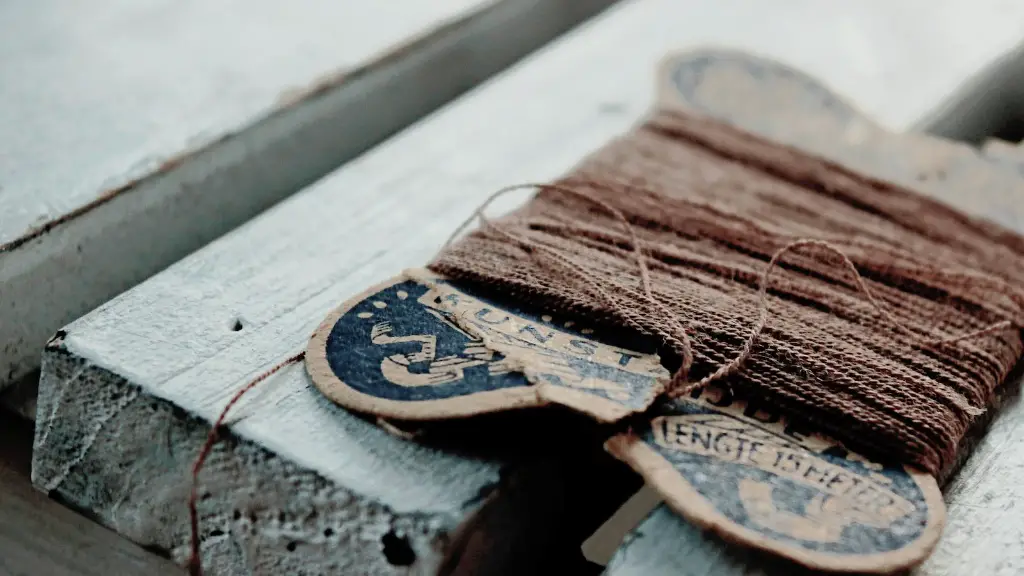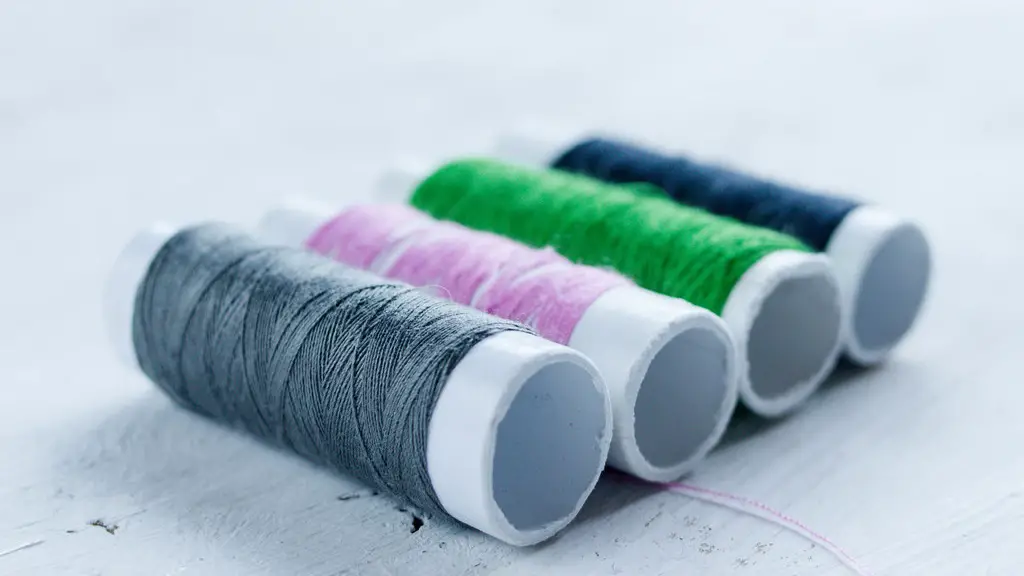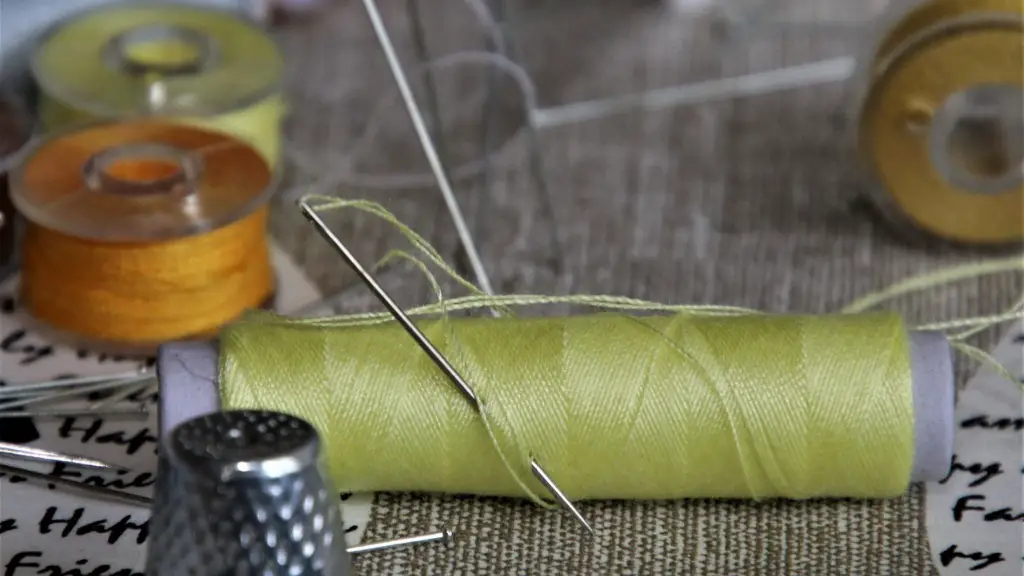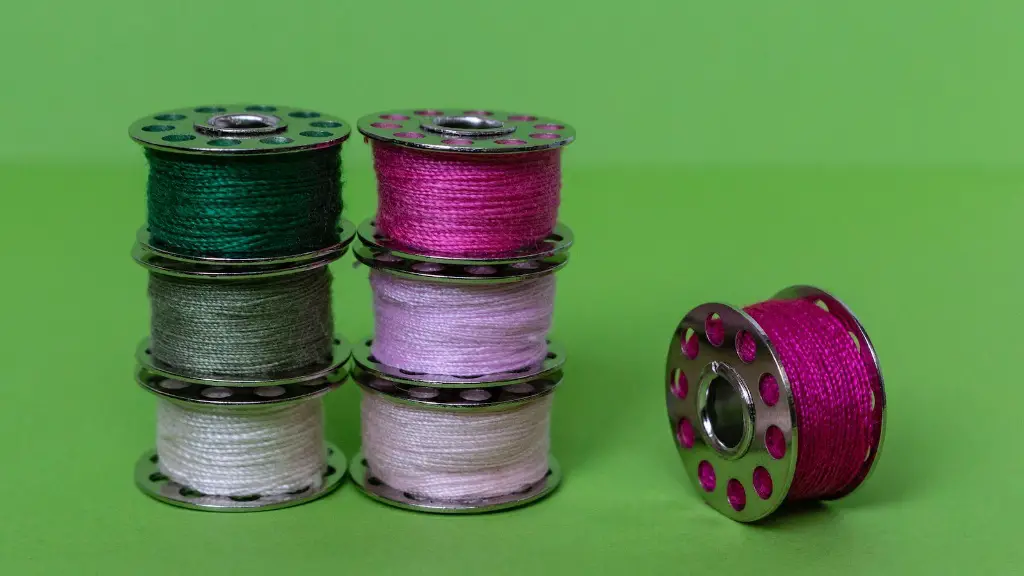Mechanics of a sewing machine
A sewing machine is a mechanical device that sews fabric and other materials together with thread. It is frequently used in the manufacture of clothing, upholstery, carpets, and other textile items. As with all machines, a sewing machine uses energy to power its operations. The exact amount of energy used depends on the design and power of the sewing machine.
The basic mechanics of a sewing machine are quite simple. Most sewing machines run on electric motors, although some models are manual and require cranks or levers to turn the wheel. The motor powers a wheel, which rotates a series of gears. These gears control the movement of the needle and the belt wheel, which move the fabric through the machine. This results in the fabric being sewn together.
Sewing machine power consumption
The power consumption of a sewing machine can vary depending on the motor and motor speed. Generally, electric sewing machines are designed to use between 75 and 300 watts depending on the motor. High-speed industrial sewing machines generate 400-500 watts, while modern domestic machines may use as little as 20-50 watts on their lowest setting.
A standard electrical outlet provides around 11 amps, with a voltage of 110v. This means that a sewing machine with a motor of 125 watts will draw approximately 1.14 amps when in use. With such a low wattage, the machine’s power consumption will not be a major factor when it comes to utility bills.
Versatility and control
Modern sewing machines offer more than just basic stitch and fabric control. Most models come with a range of accessories, such as needle threaders and needle guards, that allow for a greater degree of versatility.
The most advanced machines also offer a host of additional features, such as speed control, automatic threading, and stitch selection. This can allow for much greater precision when sewing and manipulation of fabric.
Additionally, modern machines accommodate a variety of needles, threads, and fabrics, making them ideal for a wide range of applications from lightweight clothing to upholstery and home decor.
Sewing machine maintenance
Sewing machines require little maintenance, although it is important to keep the machine clean, lubricated, and in good working order. As with any machine, the more the machine is used, the more wear and tear it may experience. Paying attention to small details such as the tension and height of the needle can help to keep the machine running smoothly.
It is also important to check that the power cord and plug are in good condition. A faulty cord or plug can cause the machine to draw excessive power, potentially leading to an increased power bill or even fire hazard. If the cord is damaged, it should be repaired or replaced by a qualified technician.
Effects on energy costs
Given the relatively low power consumption of a typical sewing machine, its use is unlikely to have a major effect on energy bills. However, if multiple machines are used at the same time, the energy draw can become considerable.
In such cases, utilizing power-saving features such as the machine’s timer or energy-saving settings can help to lower usage costs. Additionally, ensuring that the machine is only used when needed and is adequately maintained, will also help to conserve energy.
Environmental effects
Sewing machines use electricity, a non-renewable energy source. As such, the assessment of their environmental impact should include an analysis of their electricity usage.
Using efficient machines that are designed to use minimal electricity and adhere to electricity conservation techniques can help to reduce the environmental impact of sewing machines. If the machines are used in a manufacturing or industrial setting, solar and wind energy can be utilized to power the machines, reducing emissions and their environmental footprint even further.
Impact of sewing machines on the textile industry
Sewing machines have had a major impact on the modern textile industry, making it possible to manufacture a variety of different items quickly and efficiently. As well as reducing the cost of production, the widespread use of sewing machines has helped to reduce the lead time for items such as clothing and home accessories.
Using advanced machines and computer-integrated technologies, it is now possible to create custom-made garments and designs in much less time. This has allowed new fashion and home decor trends to be developed, leading to an increasingly varied and diverse marketplace.
Safety considerations
Most sewing machines are designed with simple, safe operation in mind. However, it is important to remember that the machine is a functioning motorized device and should be treated with care.
To ensure safe operation, it is important to read and understand all safety instructions before operating the machine. Additionally, it is important to keep the machine out of reach of children, as its moving components can be dangerous.
Finally, it is important to inspect the machine for any signs of wear or damage before use. If any defects are found, the machine should be repaired or serviced by a qualified technician.
Common sewing machine accessories
Along with the regular tools used with a sewing machine, a variety of additional accessories are available. These can help to make the sewing process faster and easier, as well as maximizing precision and accuracy.
Some of the most common sewing machine accessories include: bobbins, needles, presser feet, threaders, scissors, cutting mats, rulers, marking tools, and seam guides.
Additionally, a number of specialized accessories are available, such as blind stitch feet and free motion quilting tools, that are designed to assist with particular sewing tasks.
Advantages of sewing machines in comparison to hand sewing
The use of a sewing machine can provide a number of advantages compared to hand sewing.
Sewing machines are generally much faster than hand sewing, as the speed of the motor can be adjusted to match the task at hand. As a result, larger, more complicated projects can be completed in a fraction of the time compared to hand sewing.
Additionally, the use of a sewing machine allows for greater precision and accuracy when creating a garment or other item. Furthermore, most modern machines come with a range of interchangeable accessories and settings, allowing for greater control and customization when crafting items.
Working with different materials
A sewing machine can be used to stitch a variety of different materials including fabric, leather, and even plastic. However, it is important to select the correct needle and thread for the material being worked with.
For example, fabrics such as cotton and linen require a sharp needle and strong thread; while leather and vinyl require a lighter, finer needle and thread. As such, when working with different materials it is important to select the right needle and thread to ensure strong and accurate stitching.
Overall cost of a sewing machine
Sewing machines can range in price from a few dollars for basic hand crank models, up to several hundred dollars for industrial grade machines. Therefore, it is important to consider the intended use of the machine, as well as the budget, when selecting a machine.
It is also important to consider the running costs of a machine, such as energy usage, maintenance and repair costs. This will allow you to make an informed decision when selecting a machine to purchase.



